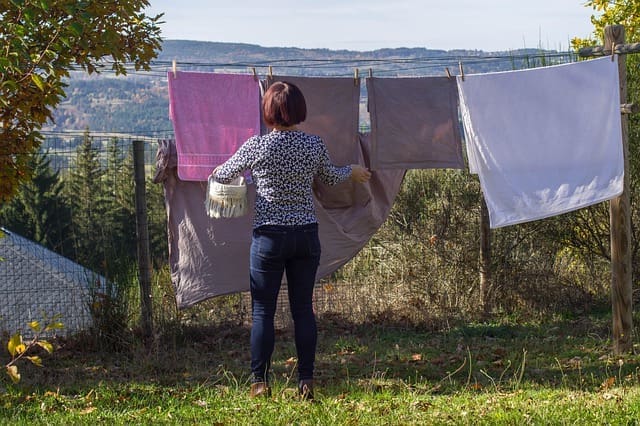Sustainability has become a frequently discussed topic in recent years. We encounter it in all areas – from shopping for clothes and food to travel and living alone. Do you want to live a little more sustainably too? It doesn’t have to be rocket science. Here are five simple changes that everyone can make.
Avoid single-use products
Whether packaging, toiletries, or even home accessories, try to avoid single-use ones. It’s not always possible, of course, but if you think about it every time you shop, you’ll certainly be able to at least eliminate them. If you do have to buy them, perhaps try to think about their reuse, or at least remember to recycle them thoroughly. Just be a bit more mindful of what you buy and if you really need it, or if there’s a better alternative!
In fact, cutting down on your waste, in general, is a great way to make a difference and have a sustainable home. However, it might seem overwhelming at first. A good way to see where most of your waste comes from is to really monitor what you throw away. Got a habit of chucking that bag of spinach you buy every week? Be honest with yourself and stop buying it!
Buy locally and responsibly
Be sustainable with your shopping. Food, accessories, clothing, and other products bought from local producers will definitely be a better choice than those coming from halfway around the world, not only in terms of sustainability but their quality too! When choosing new items for your home, look at the origin and the producer. Support smaller suppliers who respect the environment and offer fair conditions. Avoid multinational giants who are often not very concerned about protecting our planet.
Let quality prevail over quantity
It is always better to give preference to high quality, even if slightly more expensive, products that can serve you for many years without any problems. Think about cost per use rather than the initial cost if you can. The old saying goes – buy cheap, buy twice!
It doesn’t matter if it’s clothes or furniture. Every product costs something to produce – and we don’t just mean money. It’s a good idea to think about this every time you make a purchase and avoid making impulsive decisions. Also, think about if you are throwing things away unnecessarily – if there’s a small defect, for example. A scratched desk, a broken zipper, or a torn cover can be easily repaired. There is no need to create more unnecessary waste!
Compost
Much of the waste produced by the average household is organic – which might seem OK compared to plastic. Still, when organic matter like fruit and veg degrades in landfills, it produces a lot of methane which is very harmful to the environment. If you can, get a compost system in place – you can even find ones these days for the smallest of gardens or inside! If you live in a city and won’t use the compost produced, you can donate it to community composting plants or grateful allotment owners.
Save energy with modern technology & think natural
Buying a new washing machine, dryer, dishwasher, or fridge? You will find energy performance data for all appliances. Always try to choose those that use as little energy as possible to run, saving the environment and your wallet. Replacing all light bulbs with more environmentally friendly LED lighting will also help save energy and choose the eco-mode – most modern appliances have them.

Consider if you need that tumble dryer – air-drying clothes is not only better for the clothes themselves, but saves a lot of energy. When you can, choose eco-friendly, plant-based cleaning supplies, too, to avoid chemicals entering the environment unnecessarily. Simple white vinegar & dish soap will work wonders for most cleaning needs!
By following these five steps you are on the road to a more sustainable home and a happier environment.
Featured Image by rawpixel.com




